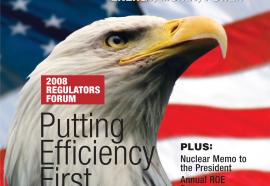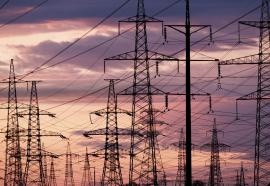People
(November 2008) Atmos Energy promoted Kim R. Cocklin to the new position of president and COO. Exelon Corp. named Christopher M. Crane president and COO. Public Service Enterprise Group elected Thomas P. Joyce as president and chief nuclear officer of PSEG Nuclear. Northeast Utilities (NU) announced new leadership for Yankee Gas Services Co. and Western Mass Electric Co. And others...







